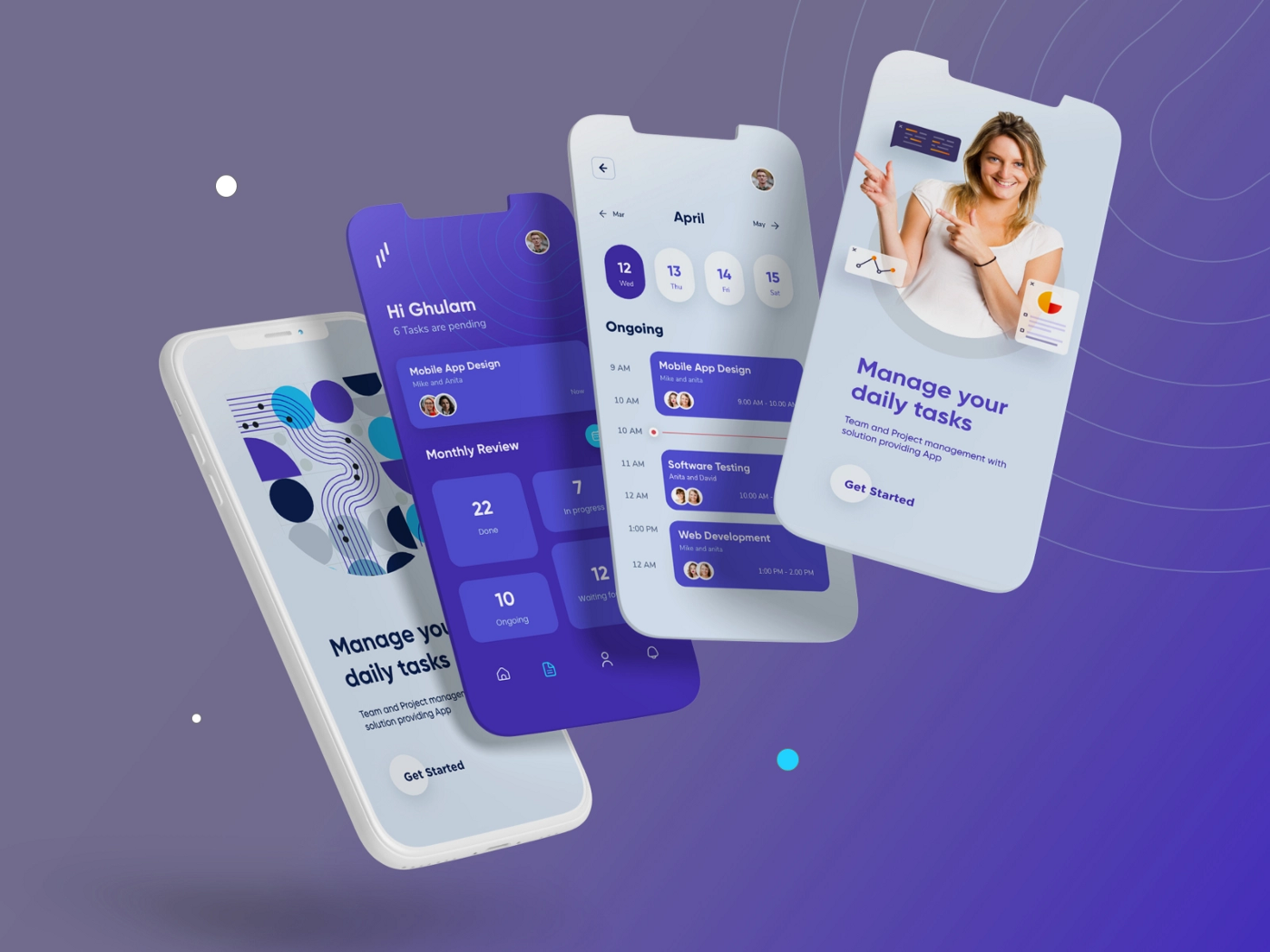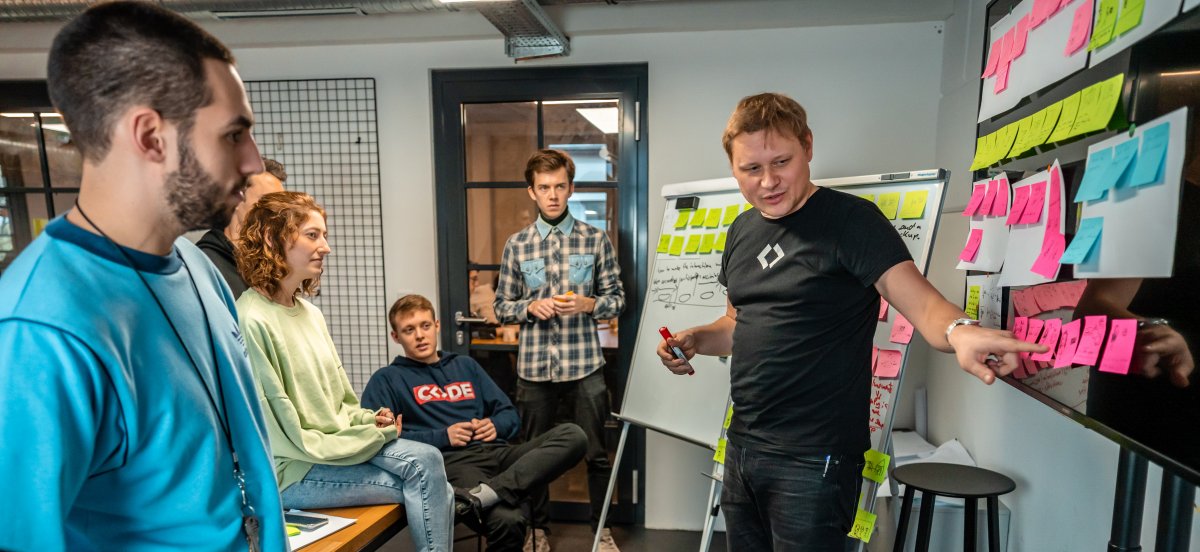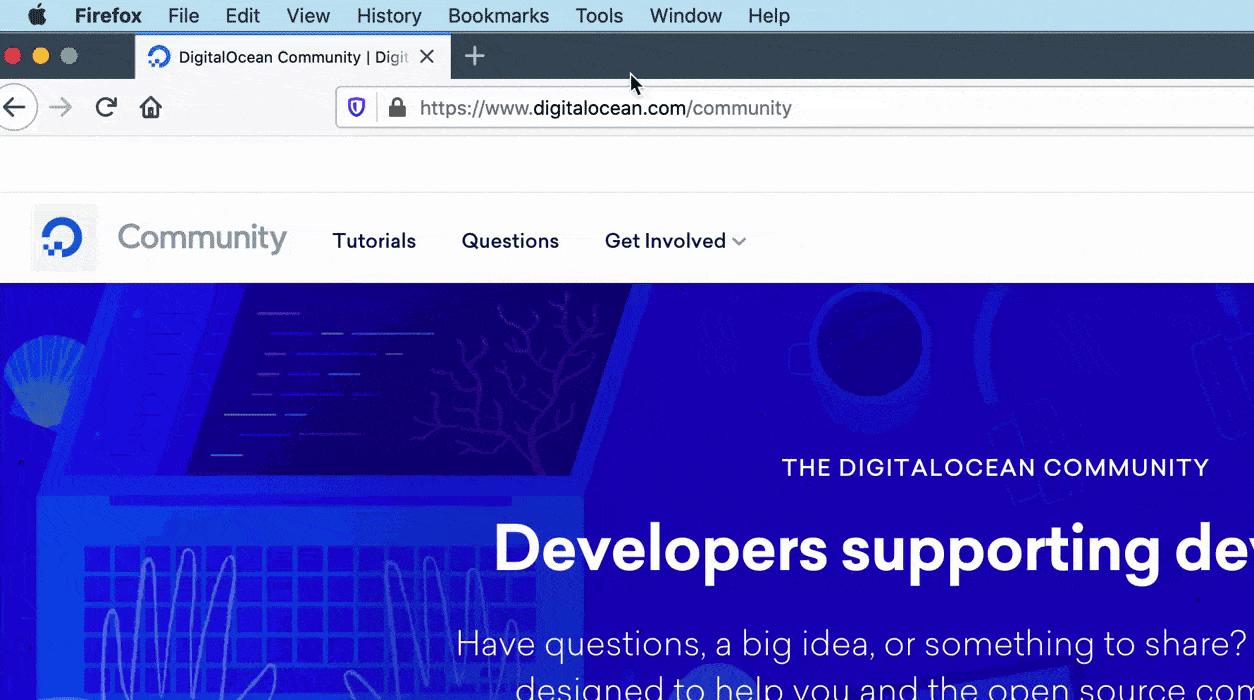
Looking for an online front-end developer course? There are many courses online, including Pluralsight, Linkedin Learning and Odin Project. We'll discuss the pros and cons of each course, as well as what you can expect. We'll also share the best resources for you to complete the course. If you have no prior experience, these courses are a great place to start. These courses will teach you how to create web pages with React, an free Javascript library.
Linkedin Learning
You may have decided to take a LinkedIn Learning frontend developer course online. The new platform provides more than 600 classes in coding across many topics. Learning Paths, which are videos about a specific topic, are a common way to organize these courses. Although you might find it difficult to follow the progress of a particular course, you can still choose which ones to watch.

Pluralsight
If you're looking to learn front end web development and want to get your foot in the door, you might consider taking a free Pluralsight front end developer course online. These courses are designed to teach intermediate and beginner skills. They are divided into Paths. Paths include a variety of courses and tools that each teach a specific skill in a sequential order. There are many paths, from Web Development to IT Ops and Creative and Security. You may be able to demonstrate your skills by taking certification practice tests.
Odin Project
Odin Project offers an online front end developer course. If you are interested in learning more about front end development, it is likely that you have heard of it. The program provides industry-recognized lessons regarding front end technology. These classes will allow you to learn by doing. This will enable you to put into practice what you have learned and build your portfolio. These lessons are supported by hands-on, interactive projects that will help you master your new skills faster.
Odin Project offers a free online course in front end development
You should take the Odin Project's online course in front-end development if you have been looking to learn how to program web pages. The full-stack curriculum of the open-source project, which includes everything HTML, CSS, JavaScript and Ruby programming, is what makes it a popular open-source source project. Bulma HTML is included as a reference material. Its online community is extremely active, which makes it easy to ask questions and learn at your own pace.

Besant Technologies
The Besant Technologies front end developer course online provides a comprehensive understanding of web development. It provides training in HTML, HTML and JavaScript as well as MongoDB. The course also covers Angular. All students who successfully complete this course are issued a certificate that proves their industry competence. This course is also reasonably priced. You can choose to take part-time or full time depending on your interest and schedule.
FAQ
What should I include in my Portfolio?
Your portfolio should consist of all these things:
-
Examples of your previous work.
-
If applicable, links to your website
-
These are links to your blog.
-
Links to social media profiles
-
You can also find links to other designers' portfolios online.
-
Any awards you've received.
-
References.
-
Samples of your work.
-
Links showing how you communicate with clients.
-
You are willing to learn new technologies.
-
You are flexible, these links will show it.
-
These links show your personality.
-
Videos showing your skills.
How much do web developers make?
The hourly rate for a website you create yourself is $60-$80. But if you want to charge a lot more, you should consider becoming an independent contractor. The hourly rate could be anywhere from $150 to $200
How To Make A Static Web Site
To create your first static website, you'll need to choose between two options:
-
A Content Management System (also known as WordPress): WordPress: Download this software and install it to your computer. You can then use it to build an important website.
-
You will need to create a static HTML website. If you are familiar with HTML, it's easy to do.
A professional may be able to help you create a large website.
But starting, you should probably go with option 2.
WordPress: Is it a CMS or not?
Yes. It is a Content Management System (CMS). CMS allows you control your website content using a web browser and not an application like Dreamweaver, Frontpage or Frontpage.
WordPress is completely free! Hosting, which is usually provided by your ISP, is free.
WordPress was initially intended to be used as a blog platform. Now, WordPress offers many different options: eCommerce sites, forums. Membership websites. Portfolios.
WordPress is very easy to set up and install. To install WordPress, you will need to download the installer file from their website. Once it is downloaded, upload it to your server. Next, simply go to your domain name via your web browser and log into your new site.
After installing WordPress, you'll need to register for a username and password. Once you log in, you will be able to access your settings from a dashboard.
From this page, you can add images, pages, posts, menus or widgets to your website. This step can be skipped if editing and creating content is easy for you.
You can, however, hire a professional Web designer to handle the whole thing if your preference is to work with another person.
What is a "static website"?
A static site can be hosted anywhere. This includes Amazon S3, Google Cloud Storage. Windows Azure Blob storage. Rackspace Cloudfiles. Dreamhost. Media Temple. You can also deploy a static website to any platform that supports PHP such as WordPress, Drupal Joomla! Magento PrestaShop and others.
Because they don't send requests back and forth between servers, static web pages are easier to maintain. They load quicker because they don't need to send requests back and forth between servers. Static web pages are better for small businesses that don't have enough resources or the time to maintain a website.
What is Website Design Software?
Website design software is used by graphic artists, photographers, illustrators, writers, and others involved in visual media to create webpages and other digital materials.
There are two types of website design software available: cloud-based and desktop apps. Desktop apps are downloaded to your computer locally and you will need additional software. Cloud-based solutions are hosted remotely on the internet and require no additional software on your computer, making them ideal for mobile users.
Desktop Applications
While desktop applications offer more advanced features than those in cloud-based solutions, they aren't always necessary. Because it's more convenient, some people prefer to use a desktop app. Others like to use the same tool regardless of whether they are working on a laptop or a smartphone.
Cloud-Based Solutions
Web designers who wish to save time or money should consider a cloud-based option. These services allow you to edit any type of document from anywhere that has an internet connection. This means that you can work on your tablet while waiting to brew your coffee.
If you decide to use a cloud service, you will still need a license. However, you won't need additional licenses when upgrading to a newer version.
These programs can be used to create web pages, if you have Photoshop, InDesign or Illustrator.
Statistics
- It enables you to sell your music directly on your website and keep 100% of the profits. (wix.com)
- Studies show that 77% of satisfied customers will recommend your business or service to a friend after having a positive experience. (wix.com)
- The average website user will read about 20% of the text on any given page, so it's crucial to entice them with an appropriate vibe. (websitebuilderexpert.com)
- When choosing your website color scheme, a general rule is to limit yourself to three shades: one primary color (60% of the mix), one secondary color (30%), and one accent color (10%). (wix.com)
- It's estimated that chatbots could reduce this by 30%. Gone are the days when chatbots were mere gimmicks – now, they're becoming ever more essential to customer-facing services. (websitebuilderexpert.com)
External Links
How To
How to become a web designer?
A website does not simply contain HTML code. It is an interactive platform that allows users to communicate and delivers valuable content.
Websites are more than just a way to deliver information. They can also be a gateway to your business. Your website should enable customers to find what they want quickly and efficiently, as well as show how you want them interacted with your company.
The best websites allow users to do exactly the same thing they came here to do: search for what they need and then leave.
You'll have to learn technical skills and design aesthetics to achieve this goal. You will need to know HTML5 coding basics and CSS3 styling, along with the latest developments in JavaScript.
Additionally, you will need to be able to use different tools such as Photoshop, Illustrator and InDesign. These tools allow designers to create and modify website layouts and graphics. You'll also need to create a style guide that includes everything, from fonts to colors to layout.
Start by researching articles and taking online courses if you are interested in becoming web designers.
Although your degree may take months, or even years, once you earn it you will be ready for the workforce.
And don't forget to practice! The better you get at designing, the easier it will be for you to build great websites.